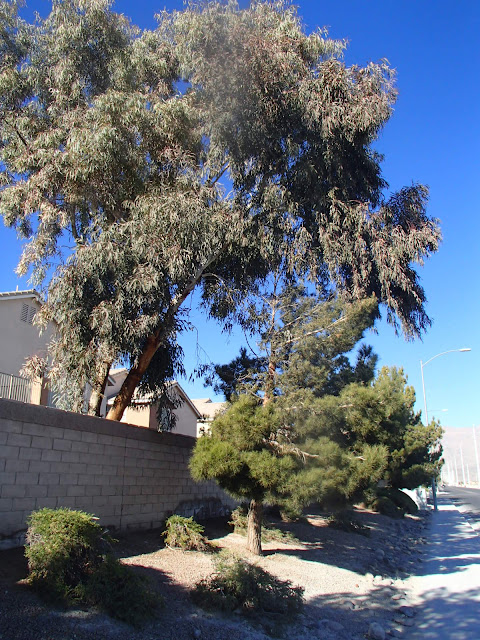Q. I’ve been trying to attract bees to my garden and thinking about a hive at some point. Need to put in some year-round flowering plants first. Rosemary comes to mind. Any thoughts or literature that comes to mind.
.JPG) |
| Rosemary flowers in the winter so it is a good choice for attracting and feeding honeybees to keep the hive alive. |
A.
Rosemary is a good choice; it flowers during the winter and is lower in water
use since it is a Mediterranean plant that is smaller. Any plant that has
conspicuous flowers during early spring and is cold hardy will work. That is
one reason roses work so well. Other plants to consider that flower during that
time and are cold hardy for our climate include the different Texas sage and Tecoma
types.
.JPG) |
| Texas ranger (sage) flowers during the winter and is a good choice for attracting and feeding honeybees. |
Don’t forget a mixture of annuals and perennials that have brightly colored flowers. Use many different colored flowers like mustards, clovers, desert bluebells and blue eyes, and the like. Scratch the seed into the soil with a rake and start watering them twice a month in December and January with 15 minutes of water from a sprinkler. Turn off the water when your fruit starts flowering.
 |
| Honeybees haul water if its in the garden. |
Don’t forget water. Honeybees like to haul
water during the winter as the hive starts to warm up. Bird baths and plastic
troughs dug in the ground help attract bees and other critters. Don’t let the
bees drown. Put rocks in the water so bees have a place to land. Honeybees are
active during the daylight anytime temperatures are in the mid-50s, clear and
sunny and little to no wind. Night flowering plants such as some cacti don’t
work because bees need to see the sun to fly. Honeybees are supplemented with
sugar water when they can’t find flowers they like. Feeding the colony with
sugar water helps to keep the population alive during the coldest parts of
winter.

.JPG)